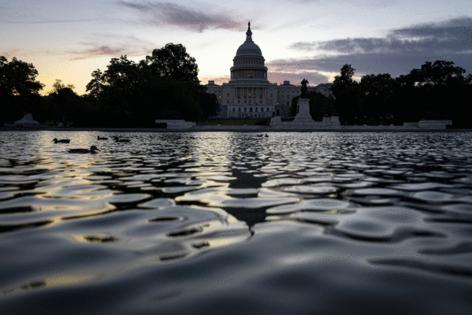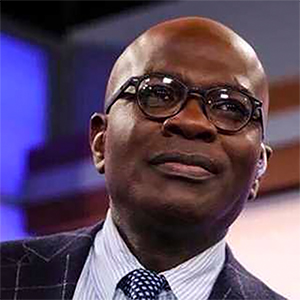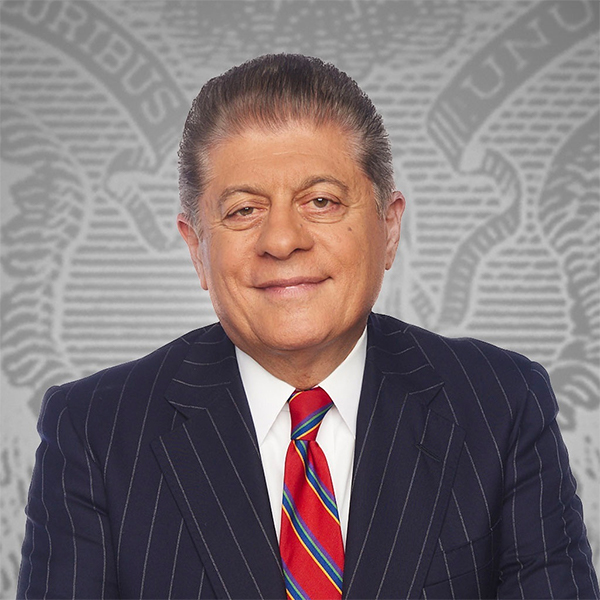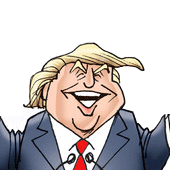US begins government shutdown with Trump, Democrats at impasse
Published in Political News
Congress blew past a midnight funding deadline, triggering the U.S. government’s first shutdown in nearly seven years — and the third under President Donald Trump.
The White House’s budget office ordered agencies to begin executing their plans for a funding lapse, shuttering the government aside from essential duties, disrupting the jobs of hundreds of thousands of Americans and upending many public services.
With the two parties locked in a stalemate over health care subsidies and using the moment to frame the 2026 midterm elections, the shutdown — and its economic effects — could be prolonged. If the shutdown lasts three weeks, the unemployment rate could spike to 4.6%-4.7% from the 4.3% in August as furloughed workers are counted as temporarily unemployed, according to Bloomberg Economics.
Trump has suggested his administration would use this shutdown to conduct mass layoffs of federal workers beyond the temporary furloughs of an estimated 750,000 government employees. The move could worsen the economic consequences of the shutdown and extend them beyond the closure.
Those job cuts would come on top of roughly 150,000 workers leaving the federal workforce as of Oct. 1 due to deferred resignation programs offered under Elon Musk’s DOGE effort. Combined with previous rounds of early retirements and layoffs this year, a recession could be triggered in parts of the country such as the Washington, DC metro area.
Much of the economic impact from a government shutdown historically has been recouped after it ends, but not all. The Congressional Budget Office estimated that the U.S. economy didn’t recover $3 billion of the $11 billion in reduced economic output during the partial government shutdown in 2018-2019, which spanned five weeks and was the longest in U.S. history.
The shutdown would also delay key economic data like the Bureau of Labor Statistics jobs report due Friday. The Federal Reserve is closely monitoring economic data as it weighs changes to interest rates and would operate without critical data during the closure.
Asian shares fell along with U.S. stock-index futures as the deadline to fund the government came and went at midnight in Washington. The dollar also edged lower against major peers as the shutdown threatened to disrupt employment, dent spending and weigh on the economy, while also delaying the release of key economic data traders use to assess the growth outlook.
Investors may have largely shrugged off past shutdowns but they need to at least consider the implications an extended closure could have on U.S. financial markets. After the equity market’s extended bull run this year, any wobble in asset prices could lead to forced selling that would exacerbate a downturn.
Democrats and Republicans remain deadlocked over whether to add health care and other policy demands to a stopgap spending bill to keep the government open.
Republicans, who need at least eight Democrats to support a funding bill, say they will keep the Senate in session, with a daylong break for the Yom Kippur holiday, and repeatedly vote on the GOP proposal until Democrats back down.
“They need to release the hostage,” Senate Majority Leader John Thune told reporters. Republican House Speaker Mike Johnson wrote in a post on X: “Democrats have officially voted to CLOSE the government.”
Senate Democratic Leader Chuck Schumer has been under enormous pressure from party activists to use the shutdown deadline — a rare point of leverage for the party — to extract concessions from Trump.
He came under withering criticism from progressives in March after supporting a stopgap bill through Sept. 30 without Democratic priorities attached.
Trump and Republican leaders have said they have the upper hand in the showdown because they have rallied their rank-and-file behind a straightforward stopgap bill. Thune told reporters that Democrats would be blamed, just as the GOP was in a 2013 shutdown over repealing Obamacare, because they are the ones asking for something added to the bill.
The House passed a bill on Sept. 19 to fund the government through Nov. 21 without major add-ons. The measure has twice failed to win the support of the eight Democrats needed to clear the Senate.
Late Tuesday, three Democrats voted with all but one Republican in favor of the spending bill, an increase from their prior vote where just one did. Five more would need to flip in the coming days in order to advance the measure and end the shutdown.
A rival Democratic proposal, which would boost health and other funding by $1.5 trillion, has also failed in the Senate.
Moderate Senate Democrats have hinted they could support a temporary funding bill if serious negotiations are underway on health-care costs.
Without action from Congress, Obamacare premium tax credits would expire Dec. 31, threatening sharp premium hikes for about 20 million policyholders. Notices go out later this month. Moderate Republicans have suggested extending the credits, possibly with new income limits.
Trump, in the wake of a Monday Oval Office meeting, has suggested an eventual deal on Obamacare could eventually be forged. At the same time, he repeated threats to conducting mass firings during a shutdown and has posted a deep-fake AI video depicting Hakeem Jeffries in a sombrero that the House Democratic leader decried as “racist.”
“After months of making life harder and more expensive, Donald Trump and Republicans have now shut down the federal government because they do not want to protect the healthcare of the American people,” Schumer and Jeffries said in a joint statement.
--------
—With assistance from Mark Niquette, Jon Herskovitz, Anand Krishnamoorthy, Michael Heath and Paul Dobson.
©2025 Bloomberg L.P. Visit bloomberg.com. Distributed by Tribune Content Agency, LLC.
























































Comments